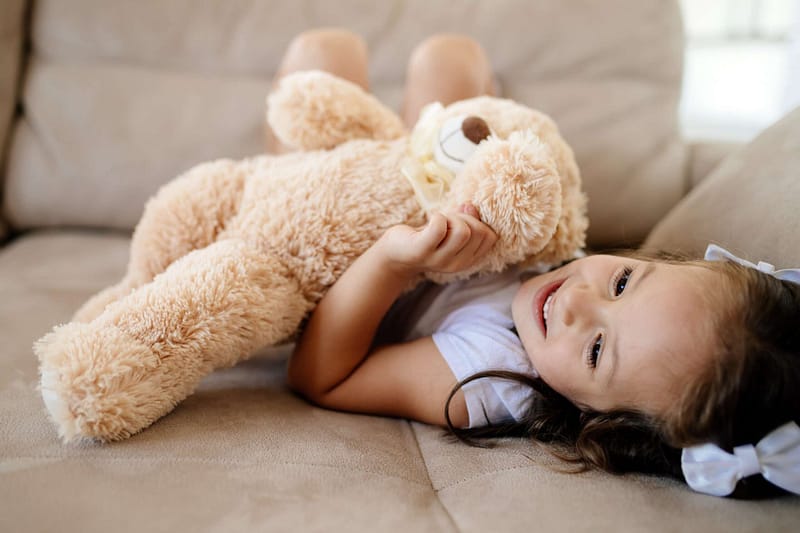By: Robyn Cassel, Ph.D.
Items such as teddy bears, loveys, special blankets, etc. can be very healthy and positive for young. However, it is appropriate and healthy to establish realistic limits with the child as the child ages, additional boundaries might be important.
Setting Boundaries
For example, the child can be permitted to bring the object on an outing, but they must leave it in the car or with a parent in a bag when the child is on the playground or with a peer. Further, allowing the child to make choices about where to store the item, within limits placed by the parent, can increase the child’s sense of control in the anxiety-provoking situation. Longer periods of time without the object, which occur naturally, will increase the child’s confidence that they can self-soothe without it.
When the child enters preschool, the parent might discuss additional boundaries while being sensitive to the child’s anxiety about entering a new environment. It can be useful to provide the child with information that other children might want to play with the toy. If the child does not want to share the toy, a parent can recommend keeping it safe in a cubby, backpack, or at home in a special designated spot. Additionally, as the child ages, the parent can provide information about how peers might perceive the use of such objects. Then, the parent can allow the child to make a choice about how to proceed. As the child becomes more comfortable with his or her sense of self and more practiced at self-soothing, there will be less of a need for the object. Also, small, realistic limits employed when the child is young can make the transition away from the object smoother. Aiming to eventually find a safe area to keep the object indefinitely in the home might be an easier alternative for the child to cope rather than needing to give or throw away the object.

